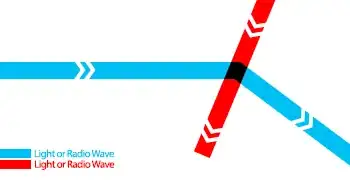Is there a way to divert (deviate, deflect) light (photons) by another light (such as laser) or wave? Just like what a prism can do but using a ray of light or wave instead of a prism.
Maybe I'm searching all possible ways to divert light and radio waves. Although for me, it's interesting to find ways in which they do not need a solid or liquid object. Such as magnetic field, light and... Specially the ways that we can implement them today in a lab.
If there is any ways with above assumptions, please sort theme in your answer and if you have any reference about them please insert it.
Note: Some information like cost of implementation, accuracy in the deviation, limitations of the method and something like these about each method can be useful too.
Note: Also diverting the radio waves by different methods is questionable here.
